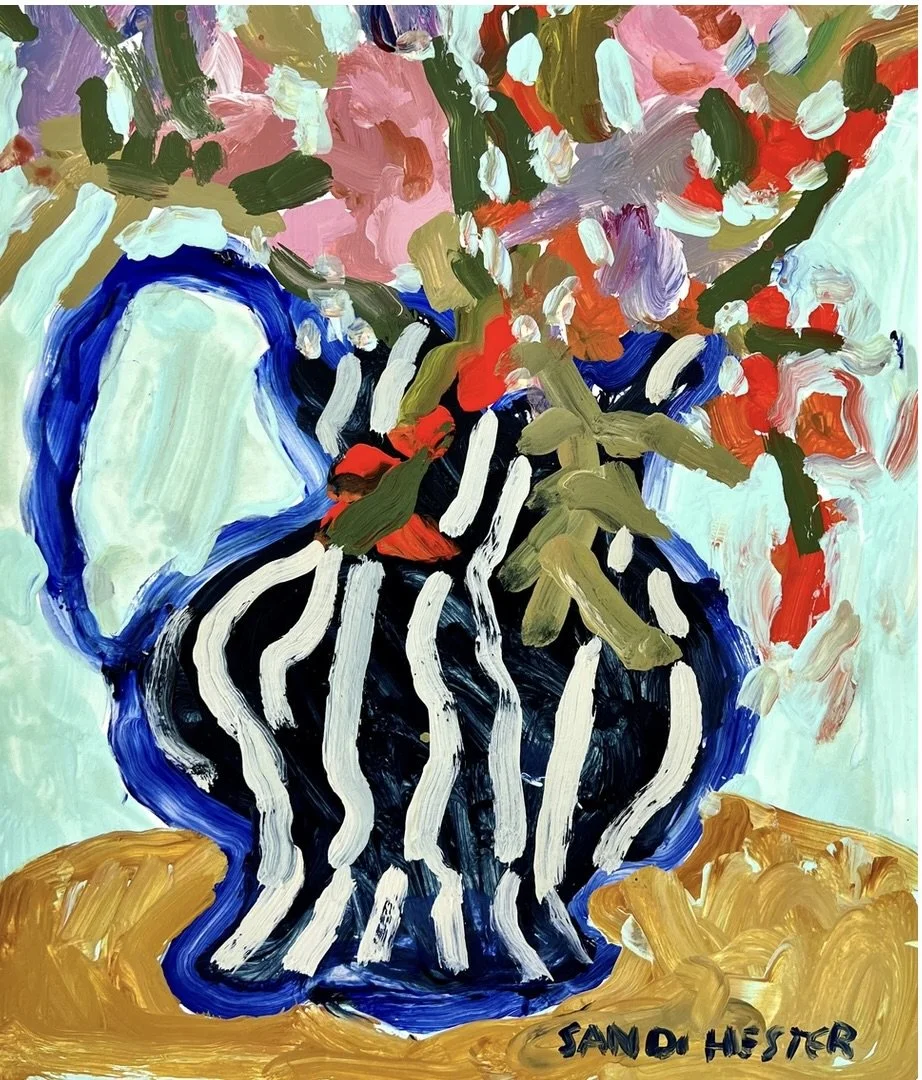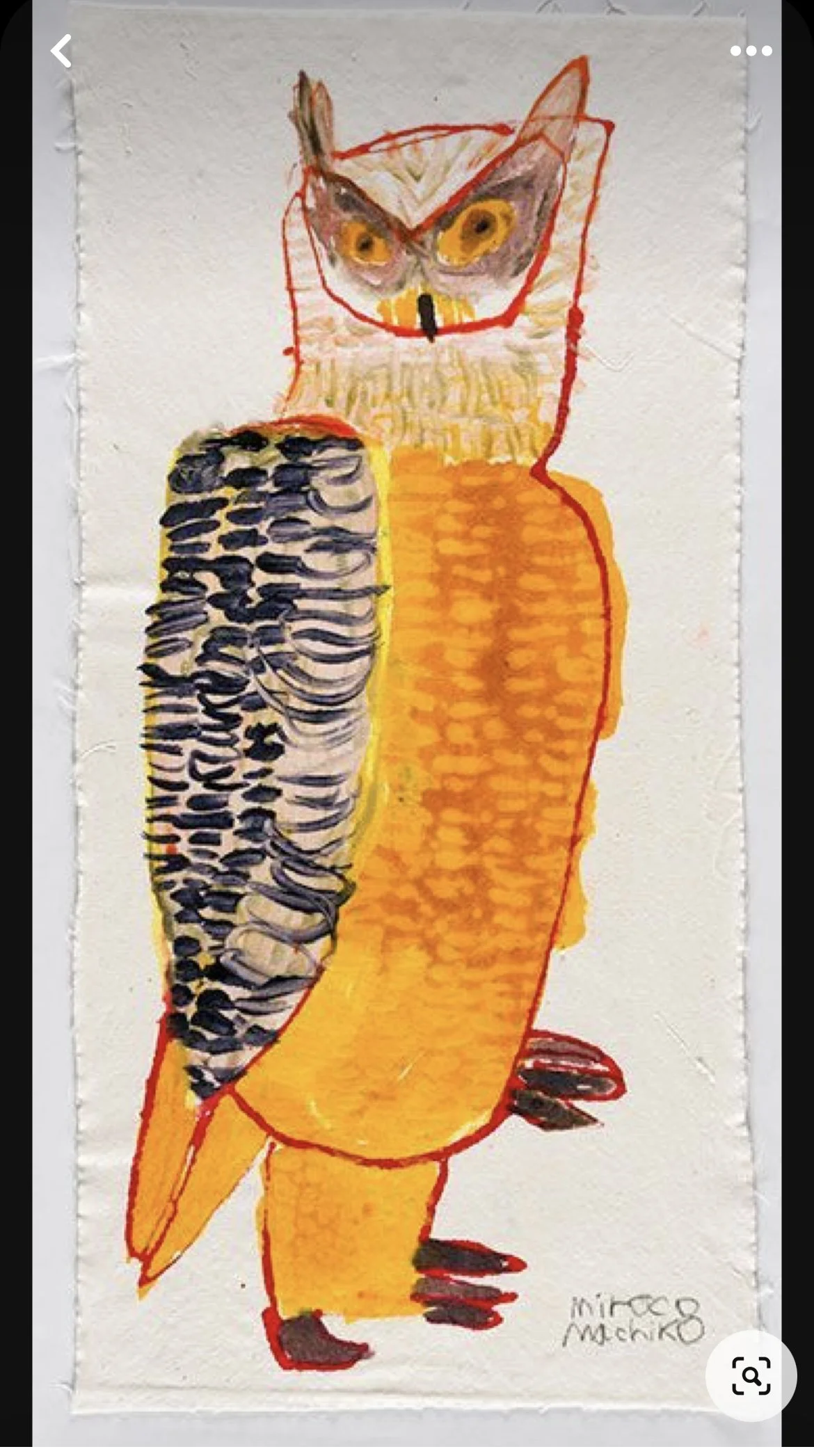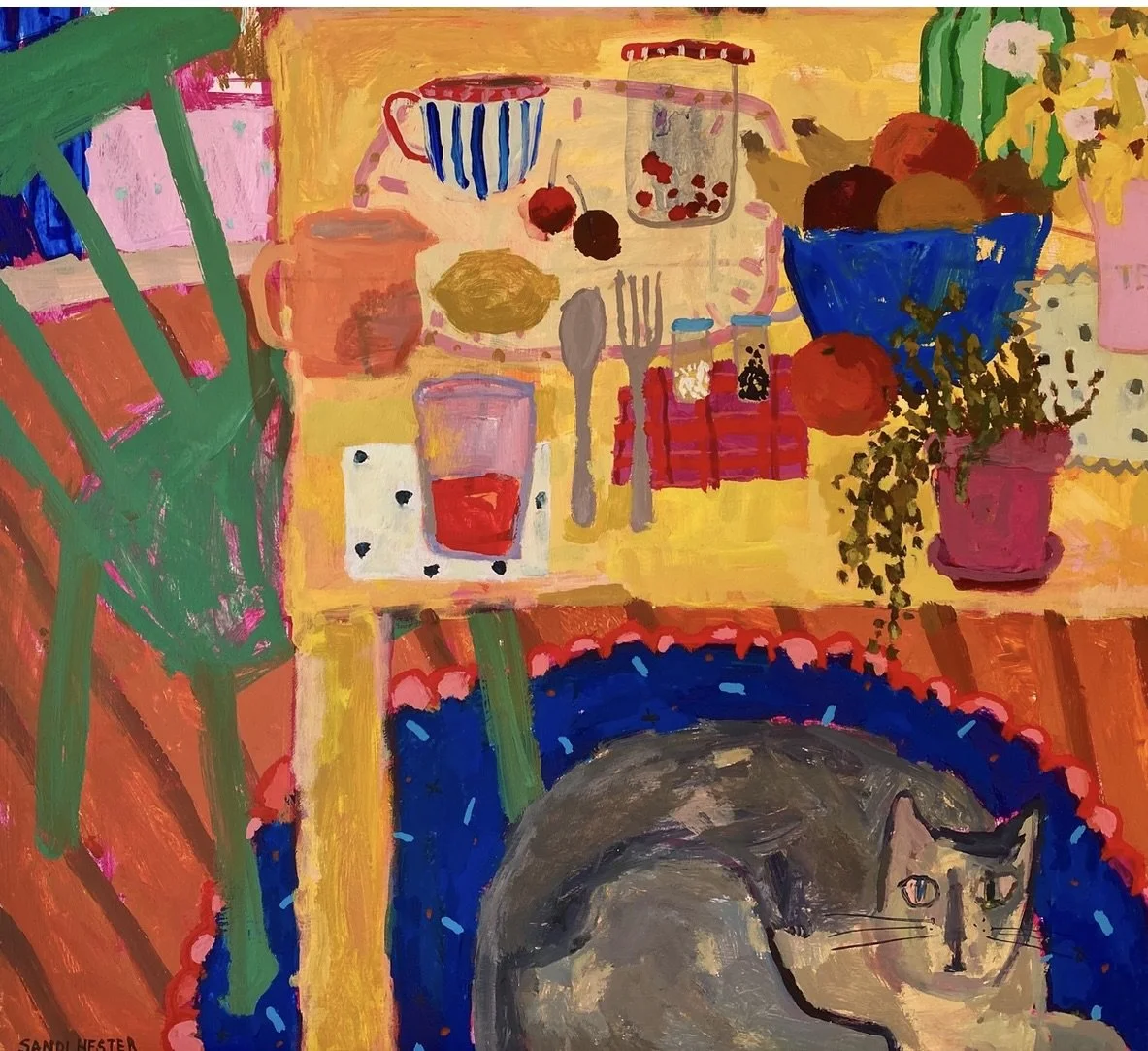Finding My Artist Voice
I think many, if not most, beginning artists and folks who do not consider themselves artists/those who are not looped into artist culture, view hyper-realism-getting your painting to look just like the image or object you are trying to paint- as the goal or the epitome of what it means to be a “good artist”. I believed the same thing when I was beginning as an artist. In fact, it’s still difficult to turn that critic's voice off in my head when I am painting. But as I’ve painted more, I realized that I don’t enjoy painting every blade of grass so precisely that it looks like a photo, nor is that the type of art I enjoy viewing.
Now, there is nothing wrong with that style of art. In fact I think it takes an incredible amount of talent. It’s just not for me. And that’s one of the great things about art, is that it’s so subjective, and that subjectivity is encouraged as opposed to being shied away from. Further, non-realistic art does not imply a lack of skill. In fact, in my opinion, it’s much harder to create intentionally non-realistic paintings.
I enjoy creating loose paintings. I include some photos here as examples of what I mean by “loose”, and just examples of what I like in general 🙂(I’ve included the captions with the names of the artists. On the photos with no caption, the artist’s name is Sandi Hester, except the owl, which is Miroco Machiko.). I also adore literally anything by Miroco Machiko, my new favorite artist. I feel that I want my work to say more than just what is there. For example, instead of replicating a blade of grass to look like a photograph, I want to say more about the grass, maybe I paint it with loose, furious brush strokes that are red instead of green to convey some sort of mood/emotion about the grass. But the reason I feel that creating non-realistic paintings, such as what I just described, can be harder than realism is because it requires more creativity and imagination. Some questions that I ask myself could be, “How can I render grass differently in a way that the viewer knows it’s grass but that looks different than grass?” and “What can I ‘say’ or depict without seeing it in front of me?”
In the loose style, many people say “It looks like a child did that.” But it takes so much pracice and skill to be able to paint that way. There are so many skill sets and tricks to learn to be able to paint loose versus tight. In fact, I’m no where near being good at it yet. I’m just in this awkward stage where I’m not painting like a realist, but not able to paint loose (which is why I haven’t put much of my work on my site yet). Picasso once said, “It took me four years to paint like Raphael, but a lifetime to paint like a child.”
In addition to working on developing a loose style, I am learning more about what I want to say with my paintings. In other words, what do I want to be my subject matter? Do I want to paint landscapes, still lifes, portraits? The more I paint, the more I enjoy painting still lifes or scenes from life. What I want to say with my art is “Notice the beauty in the mundane.” I love the idea of painting someone brushing their teeth, for example. A very mundane activity, yes, but it a part of a lot of people’s human experience. This type of work could also serve as a reminder to use mindfulness to be in the present, I image. It does for me anyway. When I’m going about my day, I think about the tasks I’m engaging in more deeply and stay present in them a bit longer. Take a common still life, a bowl of fruit, for example. We may think nothing of a bowl of fruit, but when I’m at the farmer’s market, I think, “Look at the way the sunlight is hitting that pomegranate.”
Now there are many other things to consider in addition to style and subject matter. For me, I like to use vivid colors, some folks like to paint in black and white, or muted, or monotone. When I’m painting, I also have to think of elements of design that invite viewers into the painting and make it easier for their eyes to linger. That includes things like composition-how are the objects and shapes in the painting laid out with regard to space? Is it too busy in one area and not at all busy in another area, which makes the painting unbalanced (or am I doing that intentionally to draw the eye to that particular area)? Value is another element- how dark or light are the colors I am using and is it complementary to tie the whole painting together or is it off which repels the eye of the viewer.
Despite all of the elements of thought and rigor that can go into a painting, it can be incredibly cathartic and healing for me. I feel connected to my ancestors when I am painting. I feel free when I am painting-which I don’t often feel in other areas of life. I feel proud of myself when I paint. I’m working hard to cultivate enjoyment of the process of painting versus the outcome. If you are an artist, you know that you have to create 100 paintings for every one good one. So not loving the process can be incredibly discouraging. And creating “good” art that other people like and understand is not even always my goal. Sometimes I just need to wet a brush and not have the pressure of my work ever being viewed. It’s a personal and spiritual practice for me. And developing a skill of creativity is invaluable in all other areas of my life. Especially problem-solving. And, in addition to my full-time work, I see clients for therapy. As a trained expressive arts therapist, I have found art to be a necessary tool for me and my clients in healing from trauma.
I love to tune into my senses when I paint and create a whole environment. I always light incense on my altar, I make a cup of my favorite tea (I save the good, expensive teas for when I paint), I play my music LOUD, I notice and enjoy the feeling of wet paint squishing on my fully-loaded brush, and I ignore my phone. I find the most inspiration for paintings through my travels and I spend much of my time abroad painting, which increases my love for both painting and travel every time I go. I have so much gratitude for the gift of being able to enjoy painting.
This summer, I will be doing an artist residency in another country and I will upload my work from that time onto the site for y’all to check out. So stay tuned, and stay creative.
In curiosity,
Meghan





